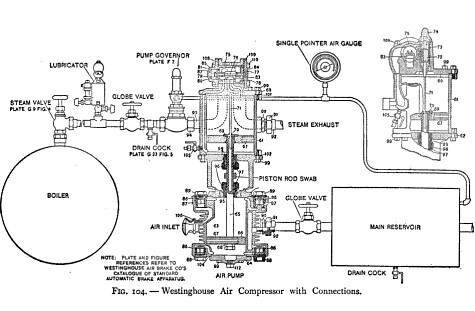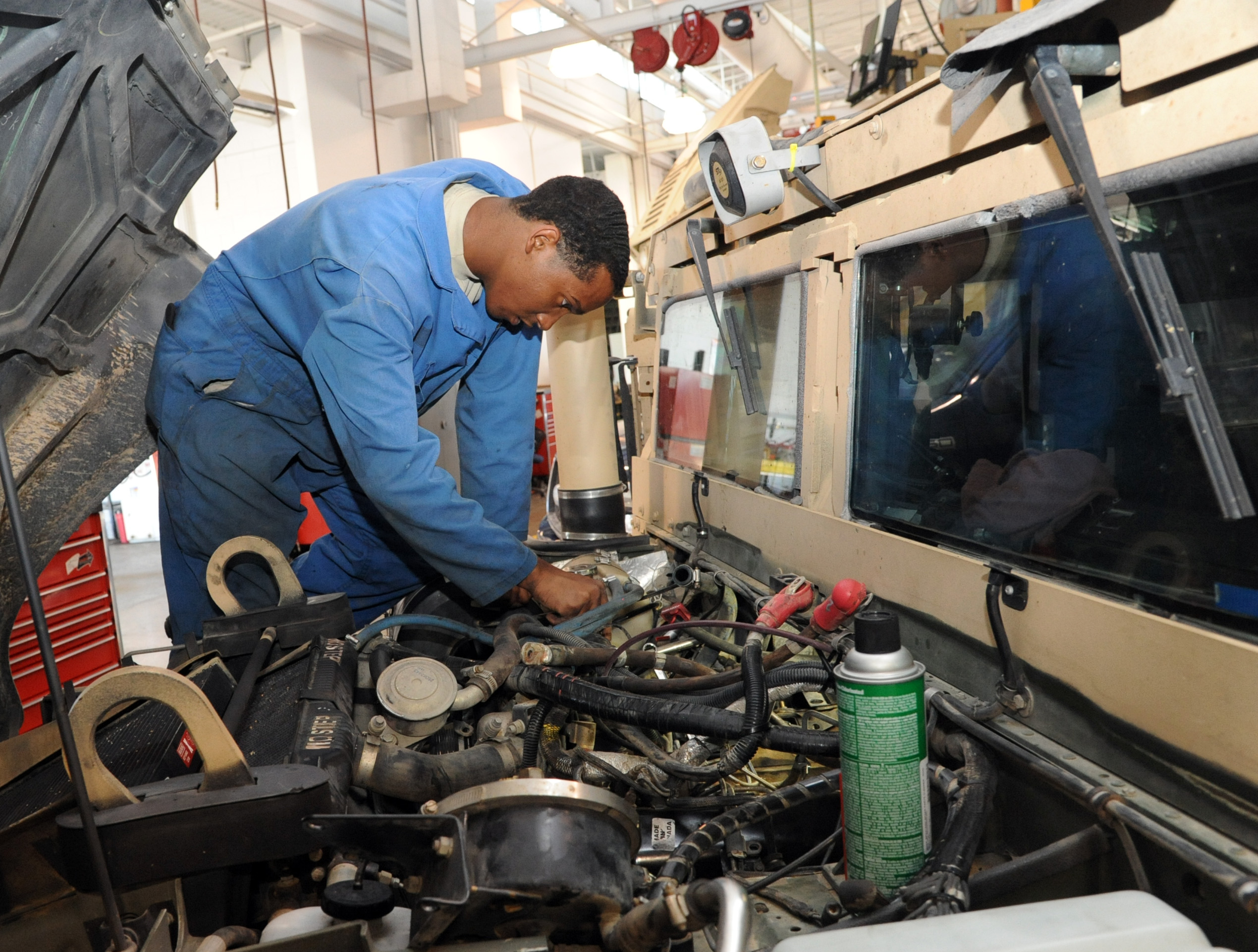Gasket sets are available in numerous types and the type of gasket set you need will depend upon the kind of devices or machinery you are dealing with. Whether a part of a larger manufacturing operation, or simply involving a piece of daily machinery at your home, gasket kits are tailored to fit the particular task in which you are involved.
Examples of some kinds of gasket kits are engine overhaul gasket packages, flange insulation gasket kits and separating gasket kits. Nevertheless, there are also lots of other types depending upon the kind of market they are required for.
Gradually, gaskets will naturally begin to wear and break down. And this is where gasket packages play their part. These packages supply the essential replacement pieces and likewise consist of all the different gaskets that the corresponding tool requires. For this factor, it is also crucial to purchase a total gasket package to make sure all of the various kinds of gaskets are offered.
THE FUNCTION OF GASKETS
Gaskets are a small, fitted piece which typically functions as a buffer in between 2 bigger working parts. They are made in a range of shapes, frequently taking a circular or ring kind, and act as a sealant and point between 2 parts. Their function is to eliminate wear and friction between those corresponding parts. For this factor, gaskets appear extremely commonly in most devices, and are used in whatever from video camera lens protectors to various types of engines.
One function of gaskets remains in their use as sealants. As liquid seals they secure against leakages. Environmental seals protect versus dust and other possibly dangerous particles and environmental pollutants. Anti-vibration gaskets, such as in dealing with sound frequencies, act as a pad or insulant to filter those frequencies and decrease the quantity of energy being wasted.
KINDS OF PRODUCTS UTILIZED TO MAKE GASKETS
While gasket kits are typically made from rubber, they are typically made of plastic and other products. The products picked in their building and construction are utilized because of their resistance to specific chemicals such as acids, or since they can withstanding extreme temperatures or pressures.
Together with rubber gaskets, non-asbestos https://rowanwxzp872.shutterfly.com/40 gaskets are used in several applications including acid, steam, oil and water. Cork gaskets are utilized mainly in fields involving oil, fuel and solvents. These gaskets are made with elastomer bindings which provide significant flexibility and compression.
Thermoplastics are considered an upgrade from standard gasket materials given that they tend to form a much better and tighter seal and have a longer lifespan. They also tend to be more resistant to various chemicals. While standard rubber gaskets continue to have a strong composition and function efficiently in machinery, thermoplastic gaskets deserve thinking about for their included strength and resistance.
THE FUNCTION AND USE OF COMPRESSORS
One area in which gaskets and gasket kits are included is within compressors. In terms of equipment, compressors are typically used to provide different types of gasses at an increased pressure. They are used broadly in different types of commercial fields and in various applications, serving in a variety of various capacities and taking several kinds.
In the refinery and gas industry, natural gas, air, refrigeration and P.E.T. compressors are an important part to those respective organisations. If the compressors and their corresponding parts are not running at proper efficiency, it can enable irregular quality, leakages and other problems which can cost these industries time and lowered profits and can potentially affect the efficiency and efficiency requirements their clients anticipate from them.
REFINERY AND GAS MARKET COMPRESSOR PARTS
In relation to gas, air, refrigeration and P.E.T. compressors, the parts of which they are consisted of need constant attention and maintenance to make certain those systems are operating at maximum effectiveness. Should any of these parts require to be changed, it is essential to have access to a producer who concentrates on and is capable of providing quality replacement parts to ensure the compressor system continues to work appropriately.
The replacement of valve parts, in specific, has specific niche positioning in this market and also requires someone with a comprehensive background and corresponding knowledge of the role and use of these components. Metal plates such as wafer plates, damper plates, spring plates, valve plates and cushion plates are examples of valve parts. Along with them are High Efficiency Thermoplastic parts, such as plates, rings, blanks and poppets. Lantern Rings, Springs and Button/Nubs are extra examples of valve parts of which refinery and gas market compressors are comprised.
GASKETS IN REFINERY AND GAS MARKET COMPRESSORS
Gaskets are a vital part of any compressor system. When it comes to compressors, they act as a buffer in between the parts-- such as those mentioned-- within the compressor and allow them to operate without hindering each other and causing undo friction and subsequent damage. Various kinds of gaskets are needed for various compressors. Their shapes and sizes are customized to accommodate the particular components of a compressor, depending upon the kind of system and parts involved.
In the case of refinery and gas market compressors, gaskets basically play the exact same function just like other kinds of compressors, however their usage and performance can be far more essential because the compressors utilized in these markets tend to be more intricate and likewise operate under more taxing circumstances provided the environments they are put within. Chemicals, heats and other ecological aspects can put extra stress on these parts as they operate.
Similar to compressors that work in other capabilities, the reality that refinery and gas industry compressors operate in possibly demanding environments ties back into the significance of having an appropriate gasket package readily available in the event of any breakdowns. To begin with, choosing gaskets that are made of thermoplastics or other more durable products may be a better option for these sort of compressors. It will make sure that the gaskets have a longer lifespan, and in doing so that they will likewise do their part in securing the matching parts they are buffering. And, in the event of a gasket naturally wearing down over time, having a total gasket package will make certain that the operator will have the appropriate replacement piece, therefore being able to make the repair work quicker and efficiently and, in doing so, saving time and expense.
Jay Turner Company
1012 N 1st St, Artesia
NM 88210, USA
575-746-1730











